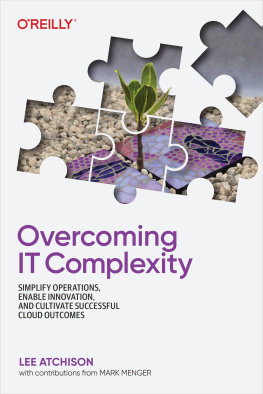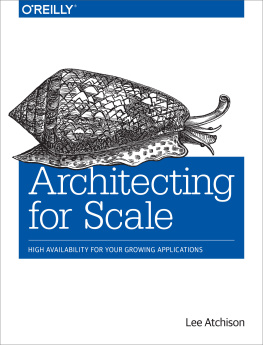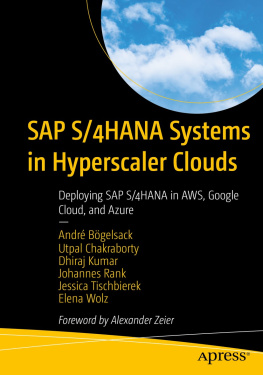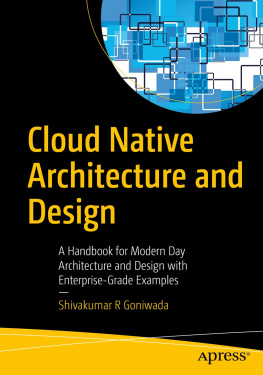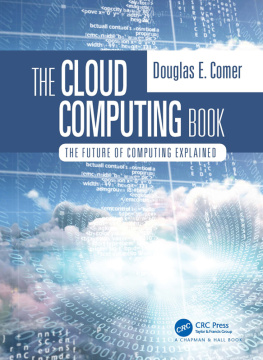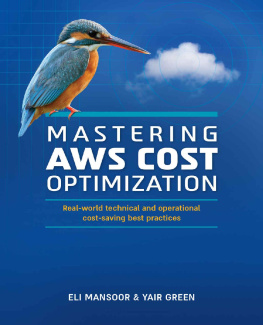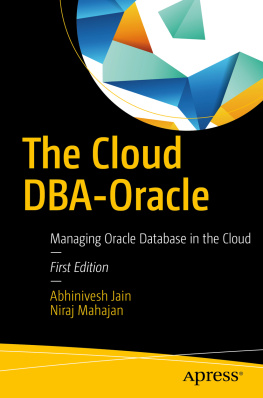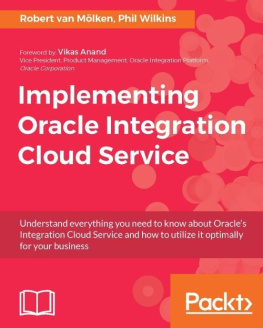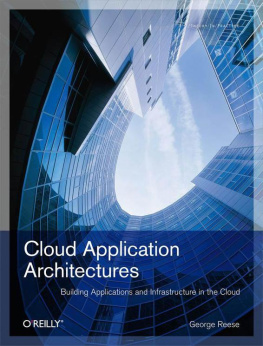Lee Atchison - Overcoming IT Complexity: Simplify Operations, Enable Innovation, and Cultivate Successful Cloud Outcomes
Here you can read online Lee Atchison - Overcoming IT Complexity: Simplify Operations, Enable Innovation, and Cultivate Successful Cloud Outcomes full text of the book (entire story) in english for free. Download pdf and epub, get meaning, cover and reviews about this ebook. year: 2023, publisher: OReilly Media, genre: Business. Description of the work, (preface) as well as reviews are available. Best literature library LitArk.com created for fans of good reading and offers a wide selection of genres:
Romance novel
Science fiction
Adventure
Detective
Science
History
Home and family
Prose
Art
Politics
Computer
Non-fiction
Religion
Business
Children
Humor
Choose a favorite category and find really read worthwhile books. Enjoy immersion in the world of imagination, feel the emotions of the characters or learn something new for yourself, make an fascinating discovery.
- Book:Overcoming IT Complexity: Simplify Operations, Enable Innovation, and Cultivate Successful Cloud Outcomes
- Author:
- Publisher:OReilly Media
- Genre:
- Year:2023
- Rating:4 / 5
- Favourites:Add to favourites
- Your mark:
Overcoming IT Complexity: Simplify Operations, Enable Innovation, and Cultivate Successful Cloud Outcomes: summary, description and annotation
We offer to read an annotation, description, summary or preface (depends on what the author of the book "Overcoming IT Complexity: Simplify Operations, Enable Innovation, and Cultivate Successful Cloud Outcomes" wrote himself). If you haven't found the necessary information about the book — write in the comments, we will try to find it.
The cloud promises cost savings, agility, and more. But the increasing complexity of modern IT systems often prevents businesses from realizing the outcomes they sought by moving to the cloud in the first place. At the core of this complexity is technical debt. Ad hoc decisions, traditional approaches, and quick and dirty solutions add up to fragile, more complex systems (and organizations)--reducing the pace of change, driving up costs, and degrading security. To succeed in the cloud, you first have to manage the problems IT complexity creates. This practical guide will help.
If youre tasked with designing, delivering, or approving IT systems that support business growth, this book will teach you the principles and strategies you need to break out of silos, reassess traditional thinking, provide the business a better competitive position, and achieve cloud success across the company.
Youll learn:
- How to assess your current IT environment to identify complexity-centered risks
- How to structure cross-functional teams to reduce friction points
- How to create a framework for IT investments that??s aligned with your business goals
- How to measure your outcomes for continued success
Lee Atchison: author's other books
Who wrote Overcoming IT Complexity: Simplify Operations, Enable Innovation, and Cultivate Successful Cloud Outcomes? Find out the surname, the name of the author of the book and a list of all author's works by series.

